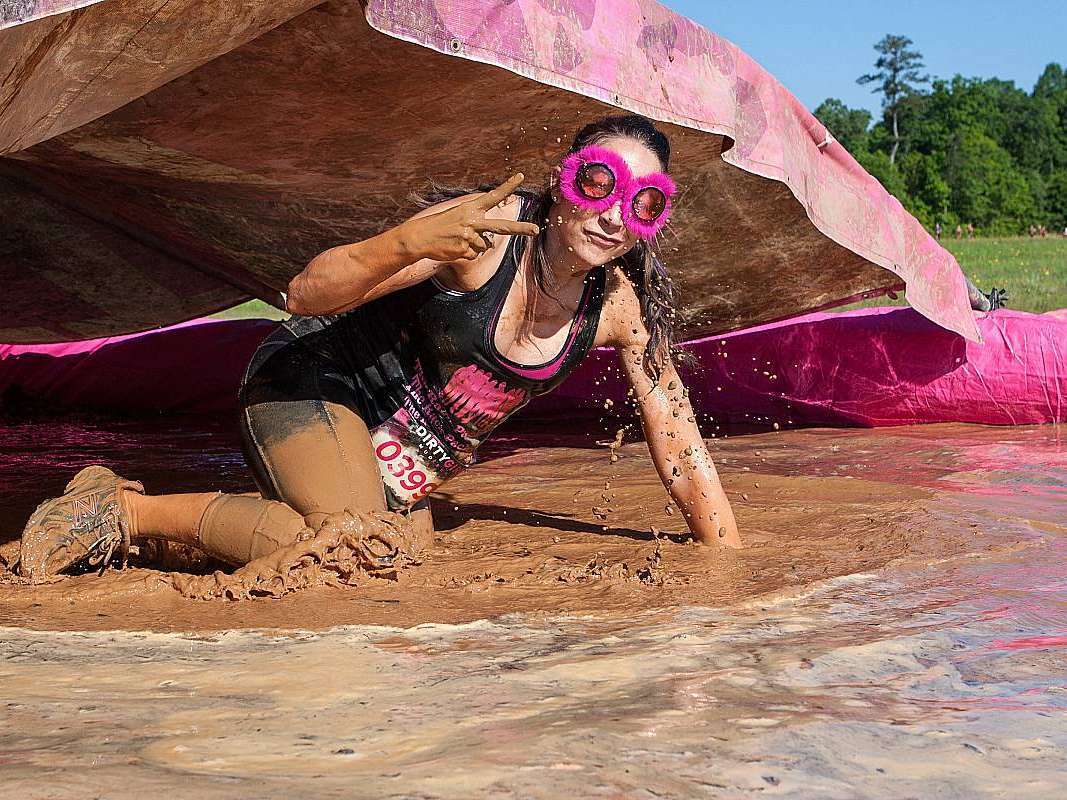 Last night, the NBC coverage of the Olympics had a piece about what USA swimmer phenom, Michael Phelps, eats in a day.
Last night, the NBC coverage of the Olympics had a piece about what USA swimmer phenom, Michael Phelps, eats in a day.
Answer: about anything he can get into his mouth in the largest quantities possible.
He spends a minimum of 5 hours every day training, and it takes a tremendous amount of carbs and calories to keep up.
One article states that Phelps’ “secret” is eating lots of pasta and pizza. This alone could be enough of a motivation for people to take up the sport of triathlon — the reward of eating whatever you want, as often as you want.
But before you go down that road, I’d encourage you to take some time and investigate the specifics of a sound triathlon nutrition plan. If you are a newcomer to triathlons, this may involve a major diet overhaul.
In a nutshell, triathlon nutrition is based on 3 factors:
-
Quantity
-
Mix
-
Timing
For the most part, you are creating a mix of carbs, protein, and fats.
A general rule of thumb is to establish a daily nutrition plan that is 60% healthy carbs, 20% lean protein, and 20% healthy fats.
What follows are some guiding principles to help you create your own triathlon nutrition plan:
1. High-carb foods are grains, starches, fruits, and vegetables.
2. Aim for healthy fats: monounsaturated and polyunsaturated (olive oil, canola oil, nut oils, nuts, oily fish). Avoid saturated fats and hydrogenated fats.
3. Low-fat protein alternatives include: lean beef, fish/shellfish, chicken & turkey, natural peanut butter, beans, and tofu.
4. Drink eight 8 oz glasses of water each day, plus 1 water bottle per hour when you are training. If training is greater than 1 hour or in hot weather, use a sports drink.
5. You have a 2-hour window after a long training session or event to replace spent glycogen and make sure you are ready for your next session. This window is when you body absorbs carbohydrates more effectively. Otherwise, it may take days before your levels are properly replenished. Try to consume a carbohydrate-rich snack within 30 minutes post-race (such as a sports drink, cereal bars, white bread sandwiches with jam or honey, a banana, or some crackers). For your first post-race main meal, have a high carbohydrate, moderate protein and moderate to low-fat meal.
6. The night before a race, have a high-carbohydrate meal such as pasta, rice or noodles to fill glycogen stores to provide energy for the following day.
7. Take advantage of the bike phase of your triathlon to replenish your fuel and hydration needs.
8. Drinking a sports drink the night and morning before training and competing will help ensure you are adequately hydrated.
9. Practice drinking on the run leg of the triathlon during training.
10. Be aware of how traveling may effect your normal nutrition plan, and be prepared.
11. Experiment with different nutrition bars, gels and sports drinks to find ones that you like.
12. While training, try to eat 4-6 small meals throughout the day instead of 2-3 larger ones.
13. For long workouts (90+ minutes), aim at eating half your lean body weight (in pounds) worth of carbohydrates grams for every hour.
There are all kinds of things you may be motivated to investigate as you put together your nutrition plan. For example:
-
Is it possible to be a vegan and triathlete?
-
How should you incorporate vitamins and supplements?
-
What are some triathlete recipes the whole family can enjoy?
So, there you have it; hope these nutrition tips help. Now, it’s off to eat some pizza!



